Along that street, there are houses that show that the Algarve is not white after all, and platbands that reinforce this idea. There is a Manueline window there, through which you can see the fanciful details of more houses, and beyond that there are lacy chimneys, straw tile roofs, doors and even a mud wall and a schist wall.
This is a brief description of the exhibition «Do I still see the Algarve from my window?», with photography by Filipe da Palma, which, in large formats, takes the audience on a journey to a territory that, perhaps, never existed like this and that now , at giant steps, fades away.
The exhibition by photographer Filipe da Palma aims to «draw attention to the richness, diversity and uniqueness of an important architectural heritage in the Algarve, which it is important to preserve, resulting from ancestral popular knowledge, born of a continuous and intelligent human proximity between the rural world. and urban, in a permanent civilizational dialogue between clay, earth and lime», as he explains.
In addition to the beautiful images by Filipe da Palma on a heritage of the Algarve's vernacular architecture, collected over years of documental work, the exhibition includes the Manueline window of the former Quinta do Morais, collected and preserved by the museum and which is now being shown again to the public.
By making known an entire heritage that is being lost before our eyes, the question that gives its name to the exhibition takes on complete meaning: «Do I still see the Algarve from my window?»
This is one of two exhibitions that opened on Saturday, May 18, at the Museu de Portimão. The other is «Reencontro», which exhibits the works of Hein Semke belonging to the collection of the Museu de Portimão and the Museu Nacional de Azulejo.
This exhibition allows for «a very special “reencounter” between the works of ceramics, painting, engraving, monotype, drawing and collage by the German sculptor Hein Semke (1899-1995) from the collections of the two museums. In this way, the dissemination started in 2016, of new pieces belonging to the donation that his wife, Teresa Balté, made to the Museum of Portimão and also to the Museu Nacional do Azulejo».
On International Museum Day and anniversary, at foyer and in the rooms of the museum structure of Portimão, among more than a hundred people, the nine muses - young theater students from Escola da Bemposta - roamed, carrying the sculpture that will represent the new trophy “Prémio Museu Portimão”, to be awarded by first time in Sarajevo (Bosnia and Herzegovina), on the 25th, during the ceremony of the EMYA 2019 - European Museum of the Year Award, to the most welcoming Museum in Europe. The “house of the muses”, explained José Gameiro, scientific director of Portimão, “are the museums”.
And everything that happened there was recorded, with sophisticated machines, others not at all, or even with mobile phones, by the dozens of participants in the Photographic Race of Portimão, which, for some, had even started at 21 pm on Friday .
On an anniversary day, Isilda Gomes, mayor of Portimão, revealed that, over its eleven years of existence, the Portimão Museum "has already received more than 700 thousand visitors", adding that, "last year, there were 18 more thousand visitors». This "means that this house has life, has movement," concluded the mayor.
In addition to the awards, some of them international, which the Museum of Portimão received, on the 23rd, at 15 pm, at Palácio Fronteira, in Lisbon, it will be awarded another one: an honorable mention in the Good Practices category, within the scope of the application from the Portimão Museum and from the ARU to the “SOS Azulejo Awards”, distinguishing the exemplary restoration of the tiles in Jardim 00º de Dezembro.
At the end of the party, as is the tradition of the Portimão Museum, the candles were extinguished and the birthday cake (re)broken, as always a real work of art, which once again left the hands of Vera Santos, museum employee and responsible for the Portimonense patisserie «Amor à Fatias».
This time, the cake represented one of the countertops in the decabeço room (one of the areas of the Museum, preserved from the old canning factory), with a worker, the baskets with sardines and even the floor, with a pattern of white and red mosaics. Everything recreated in detail by Vera Santos, who, year after year, surprises the dozens of participants in this birthday party.
Photos: Elisabete Rodrigues | Sul Informação

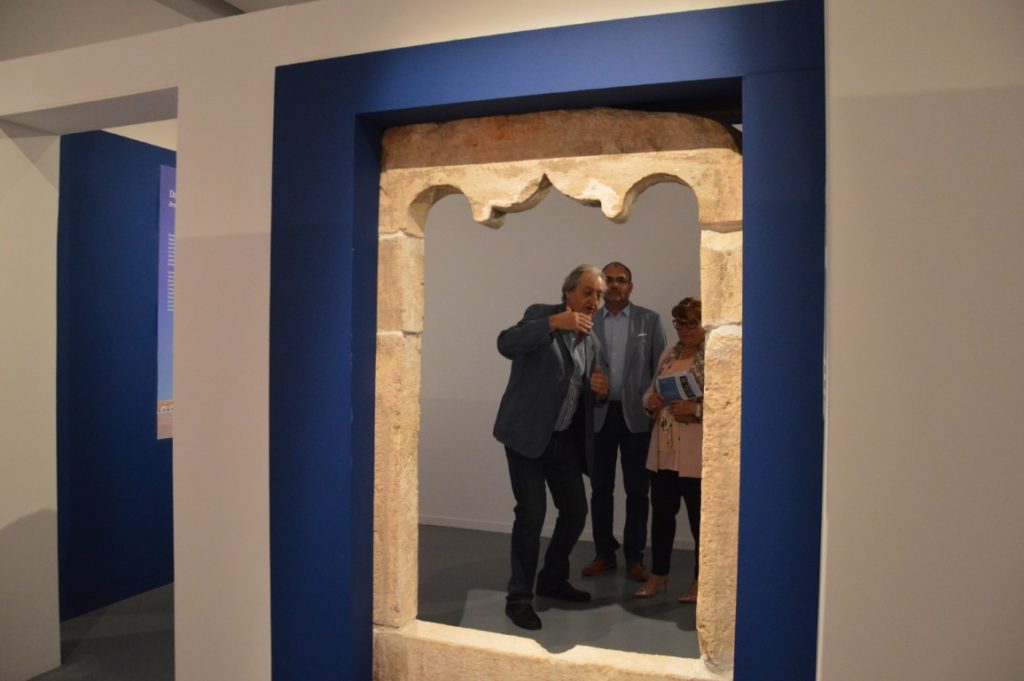
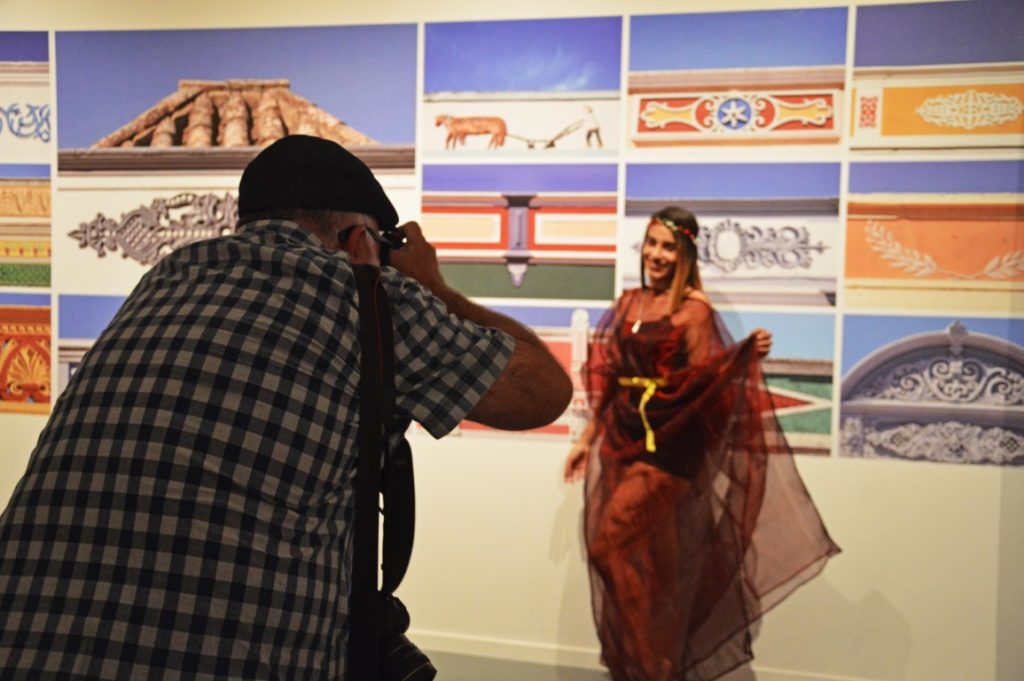
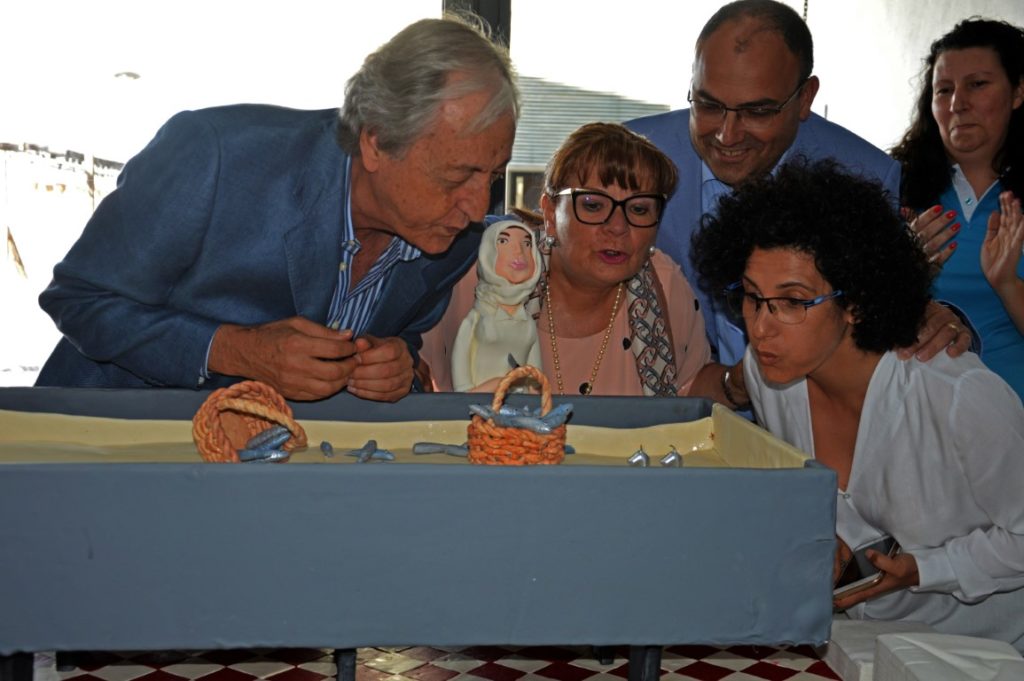
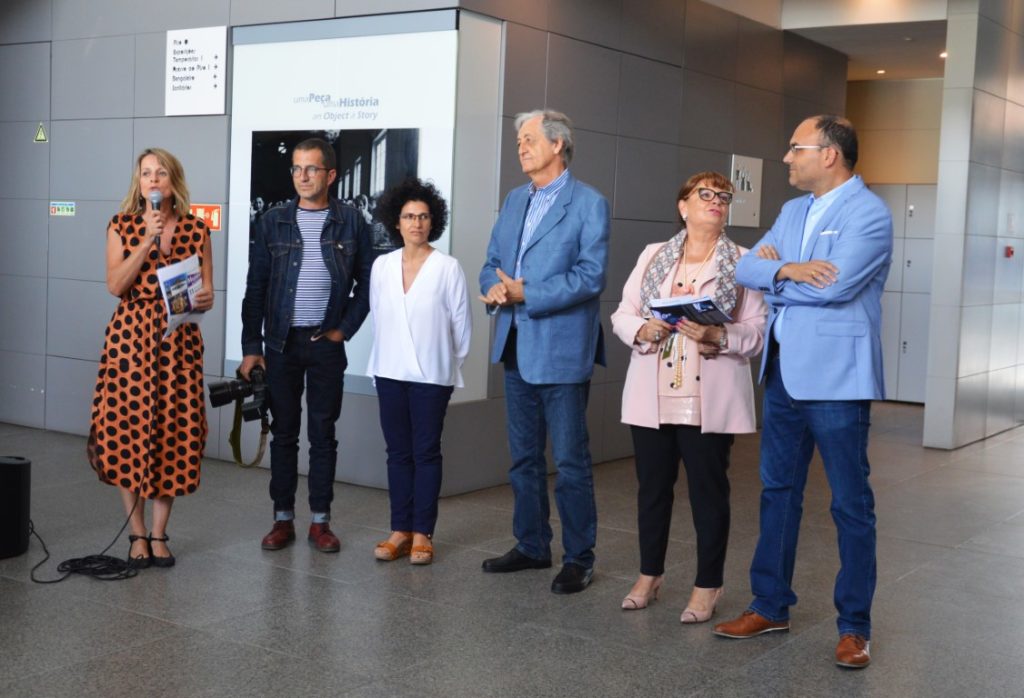
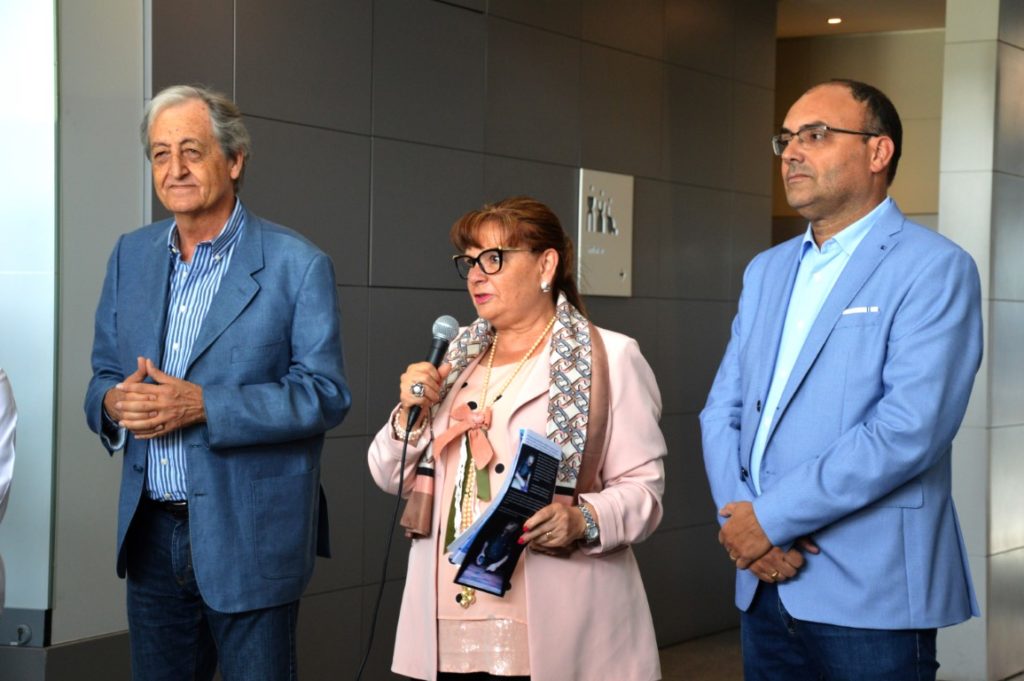
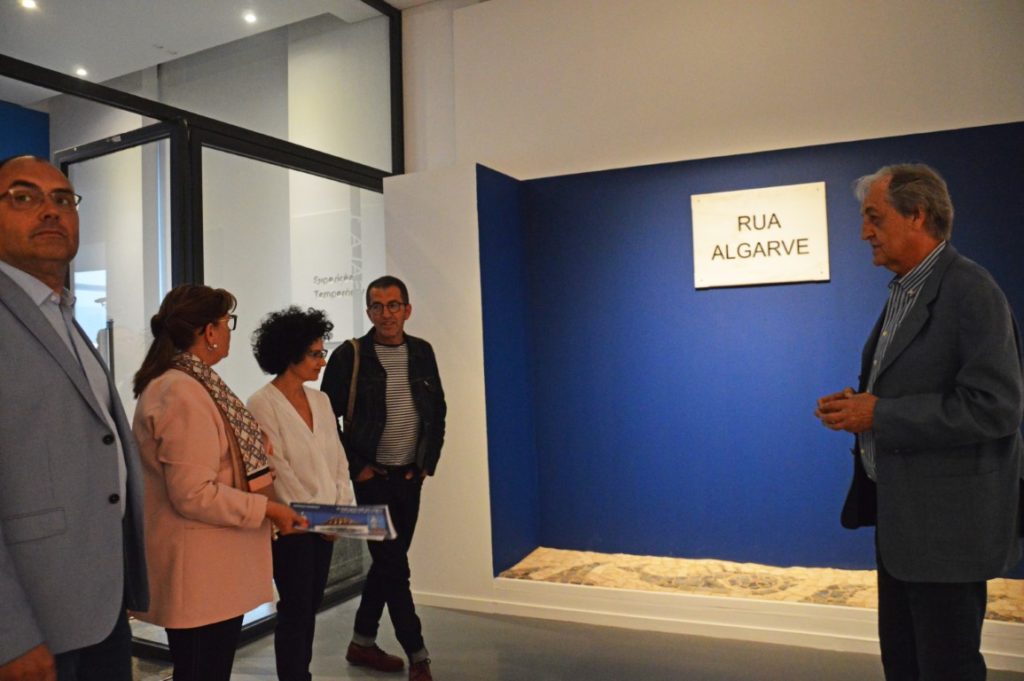
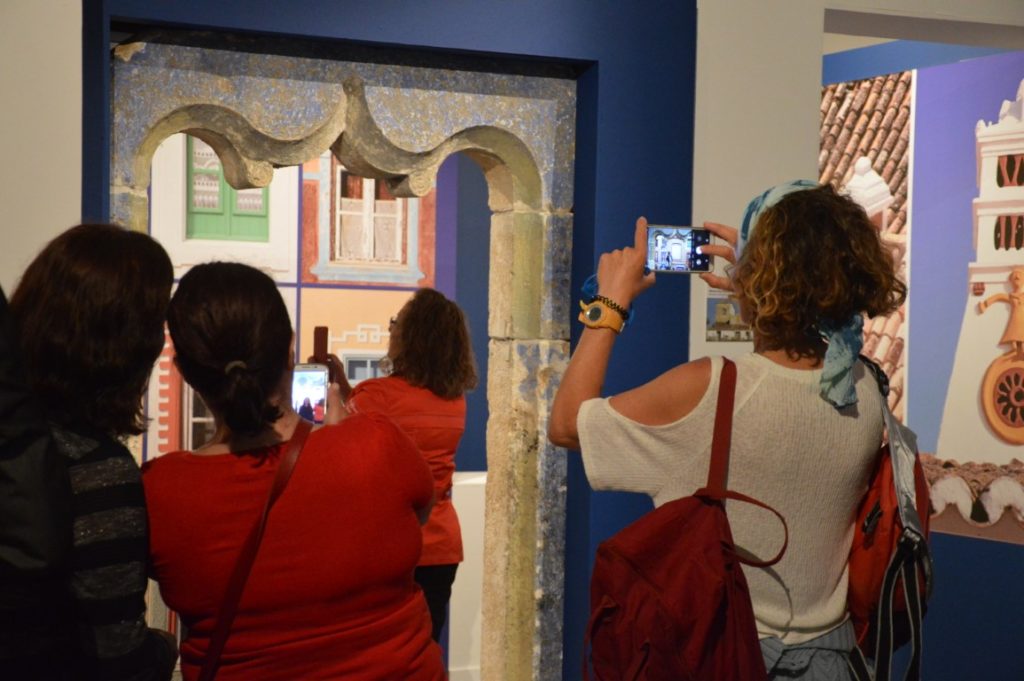
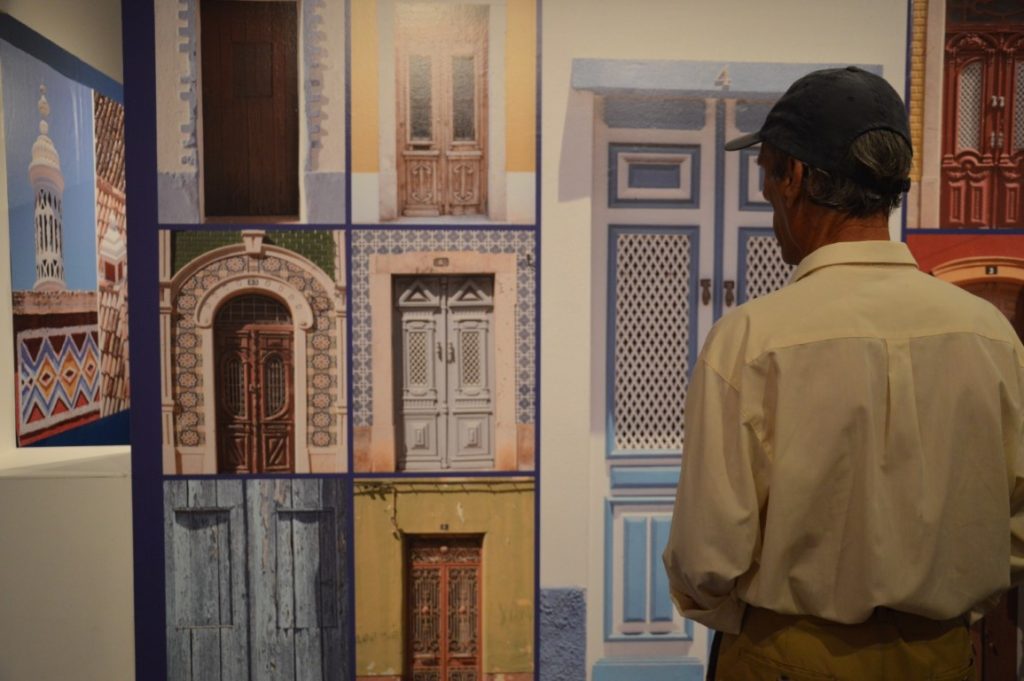
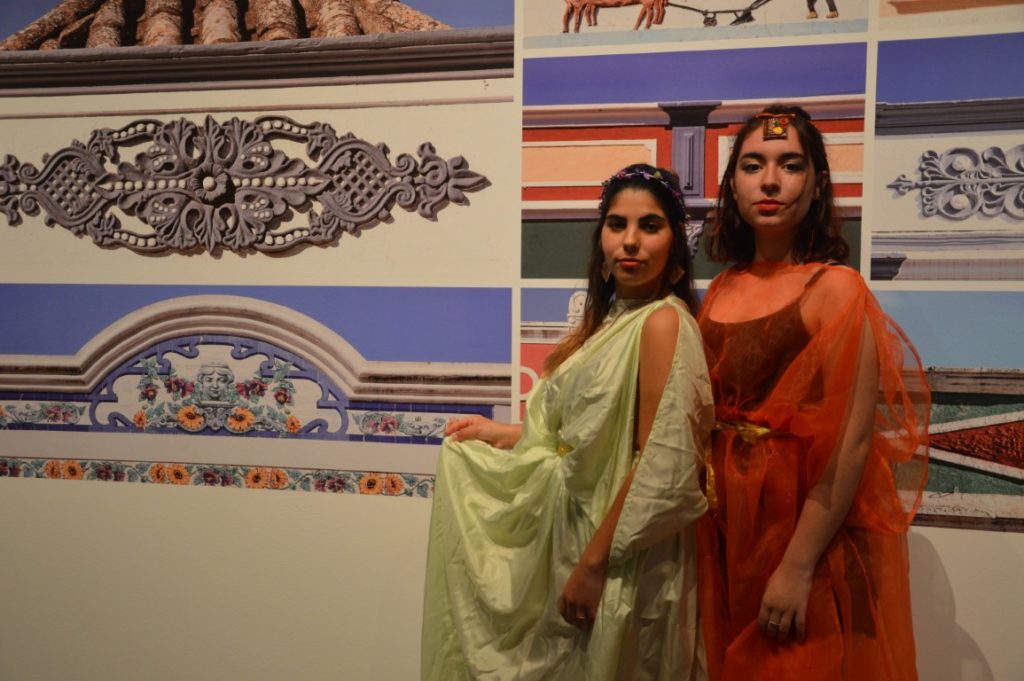
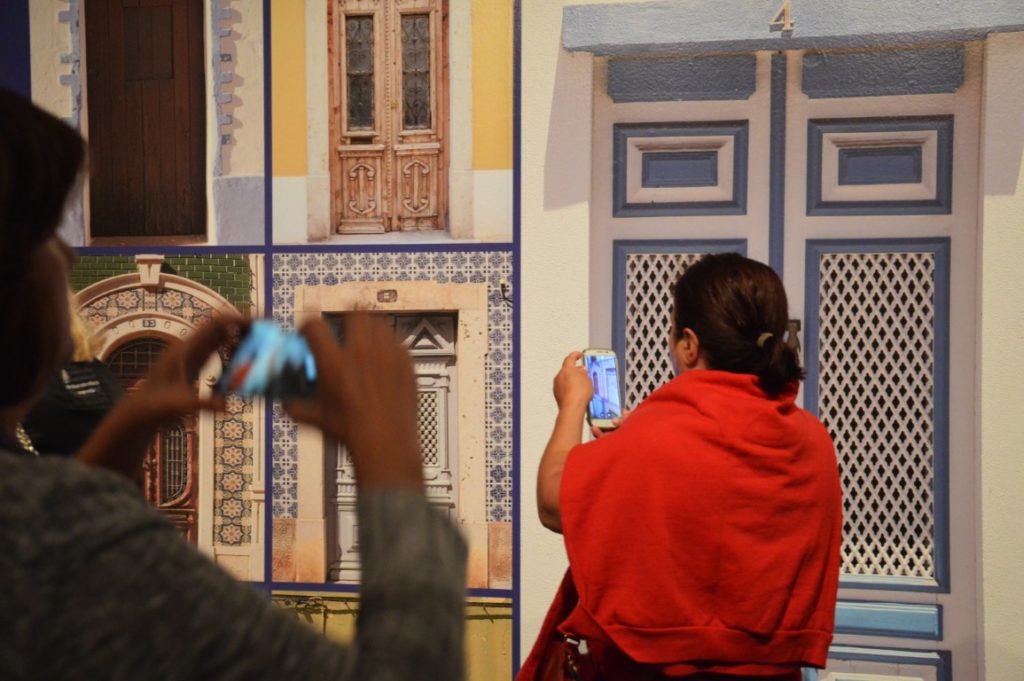
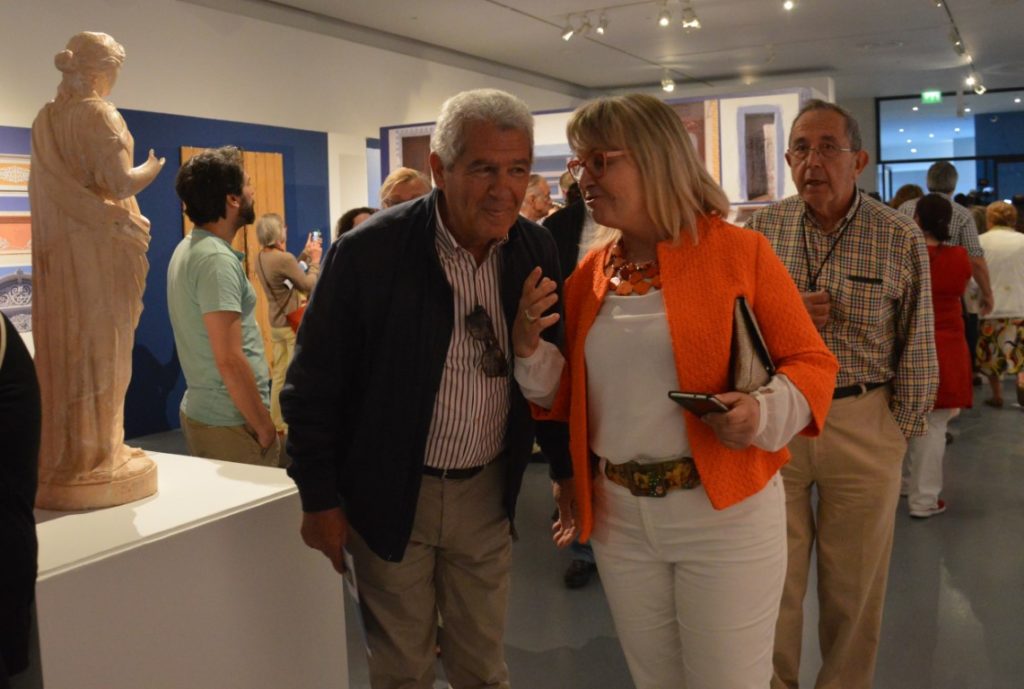
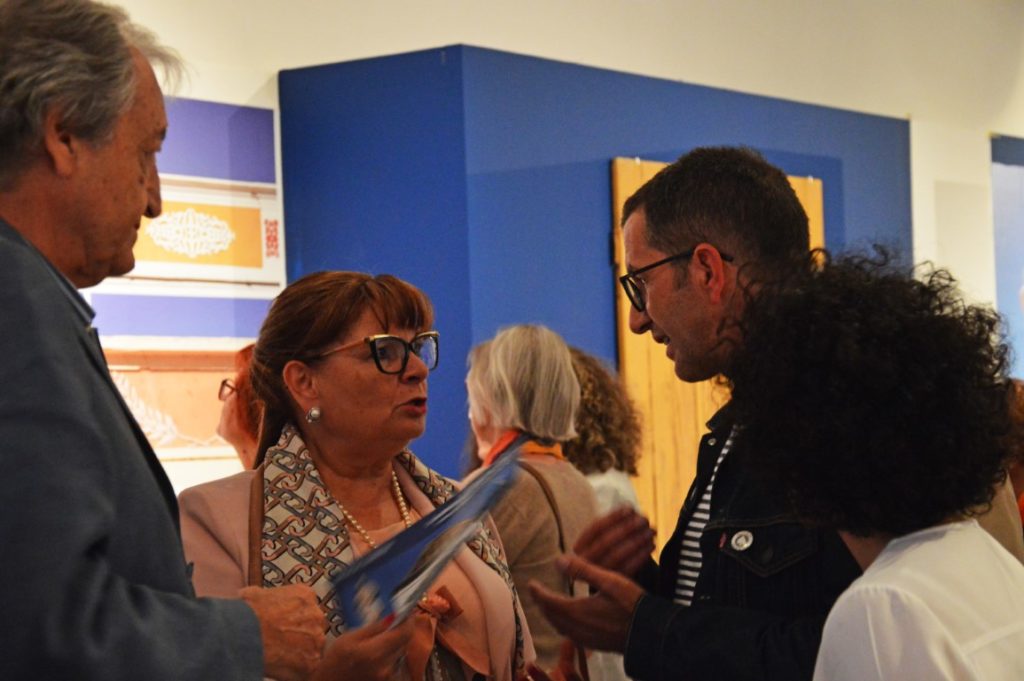
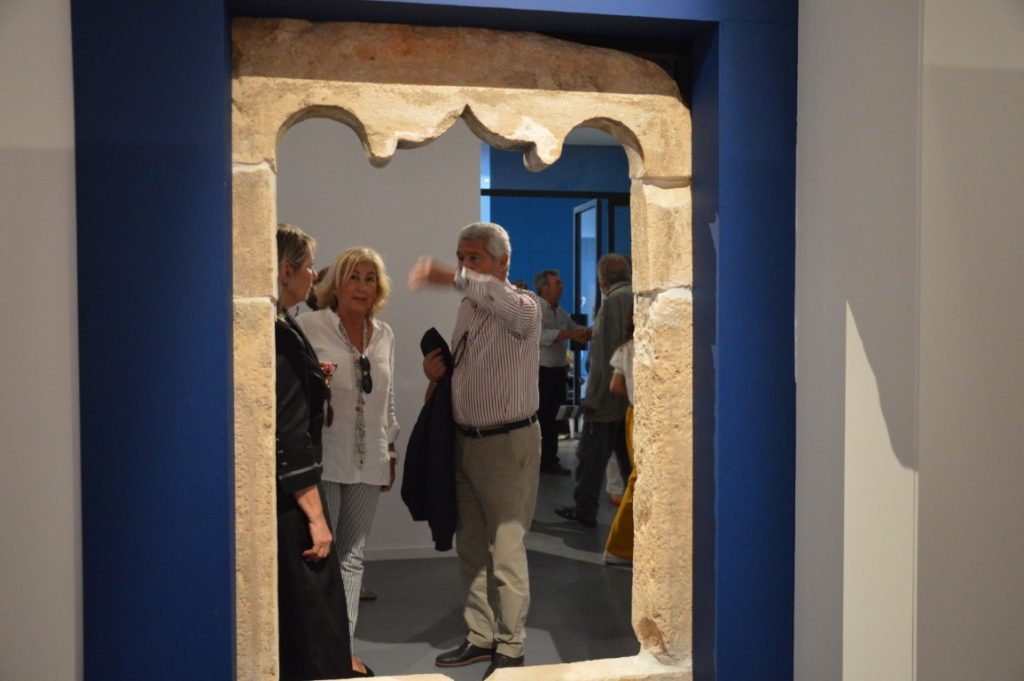
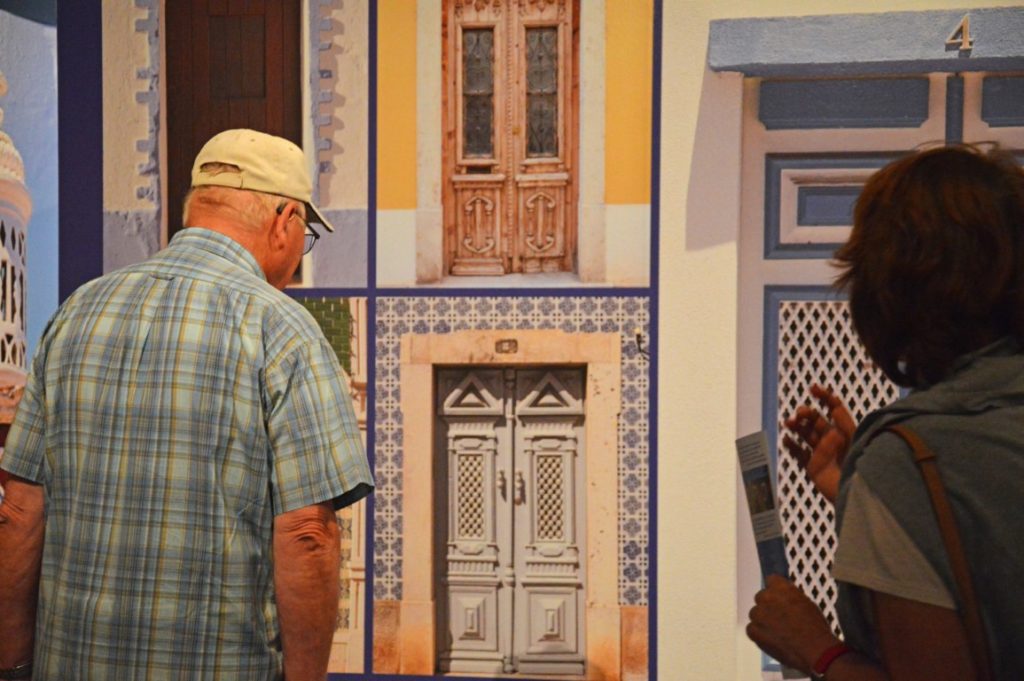
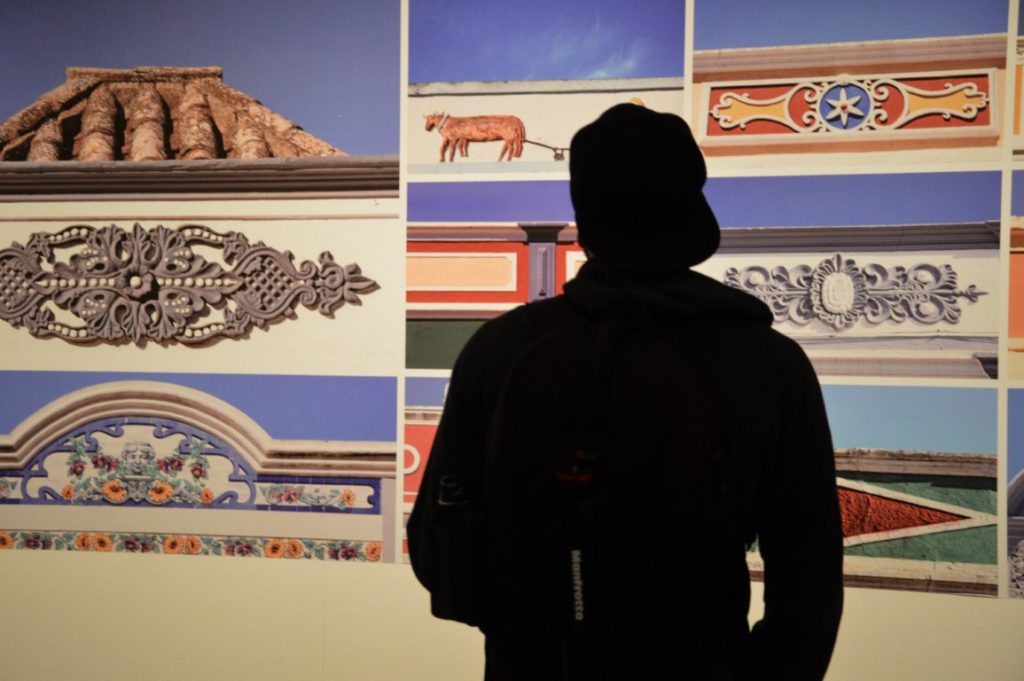
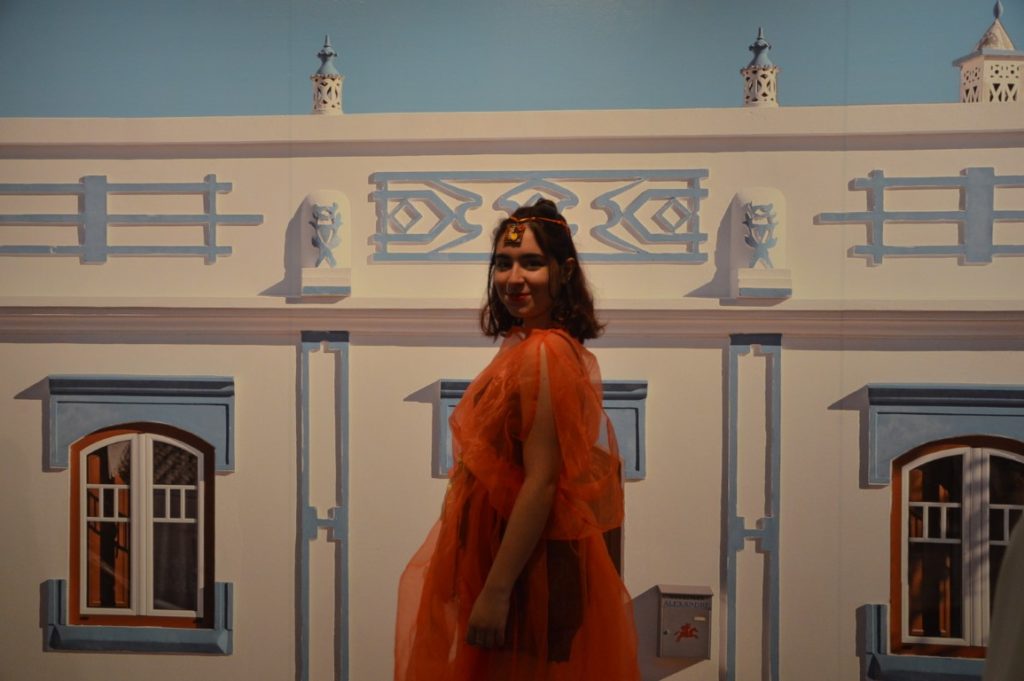

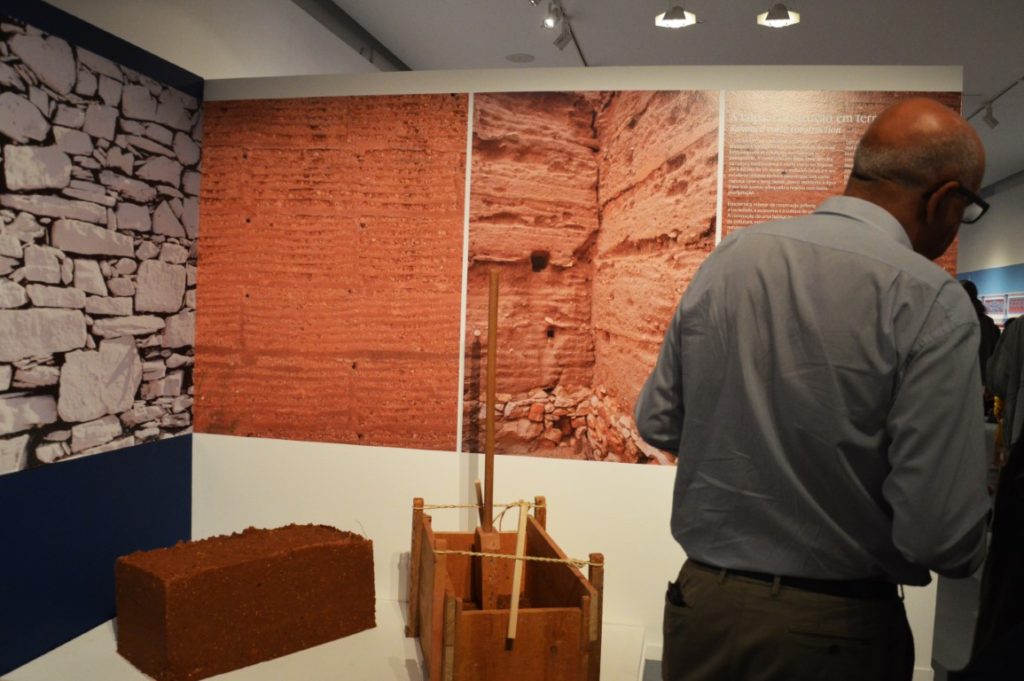
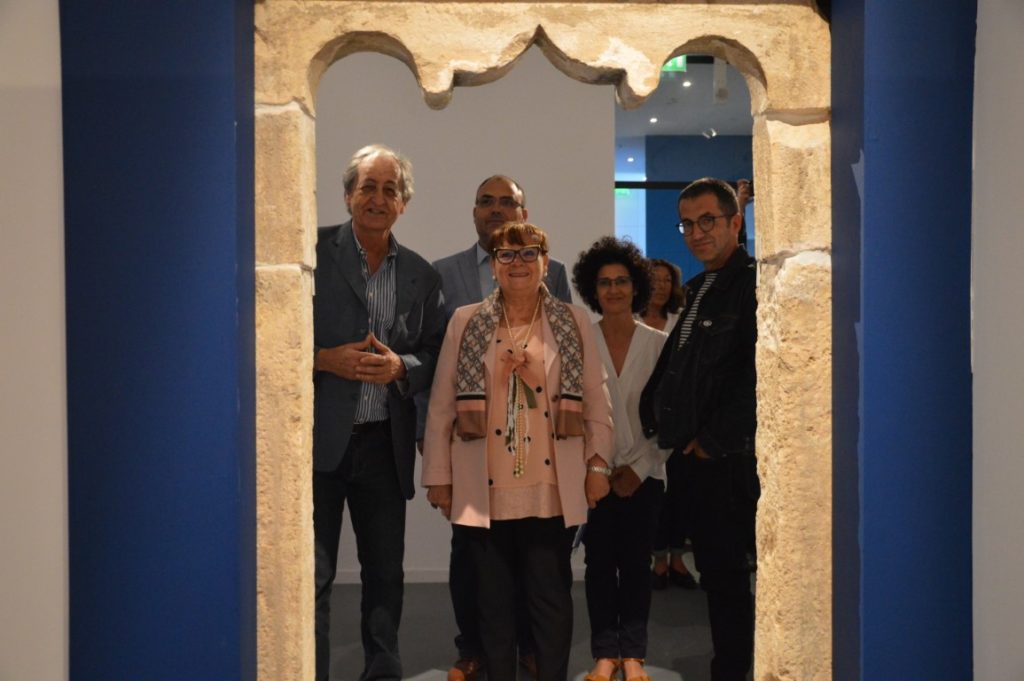
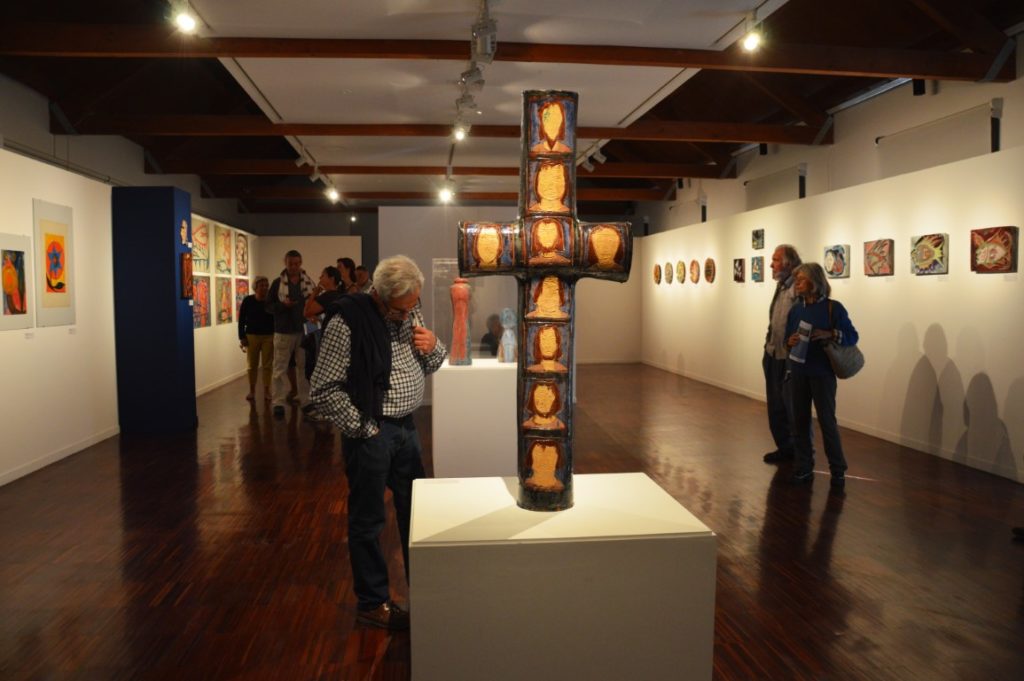
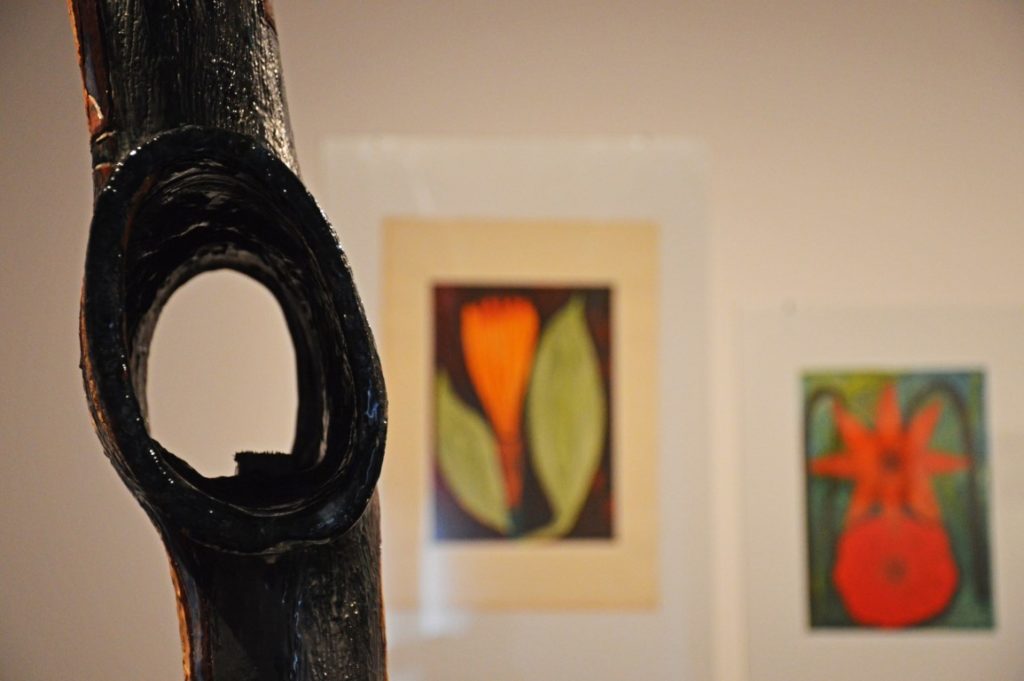
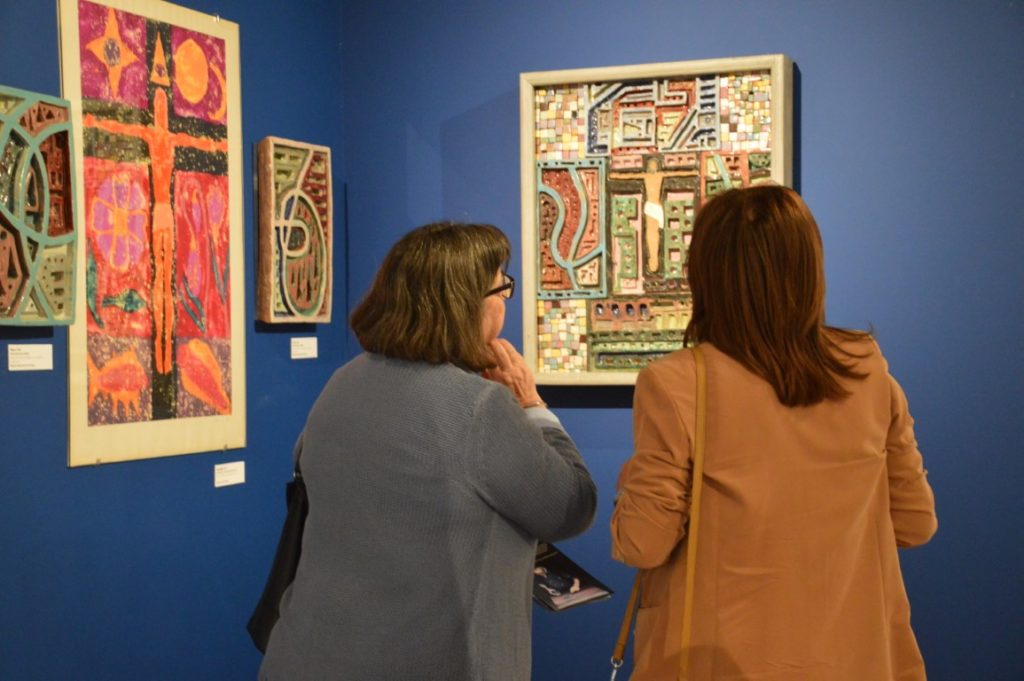
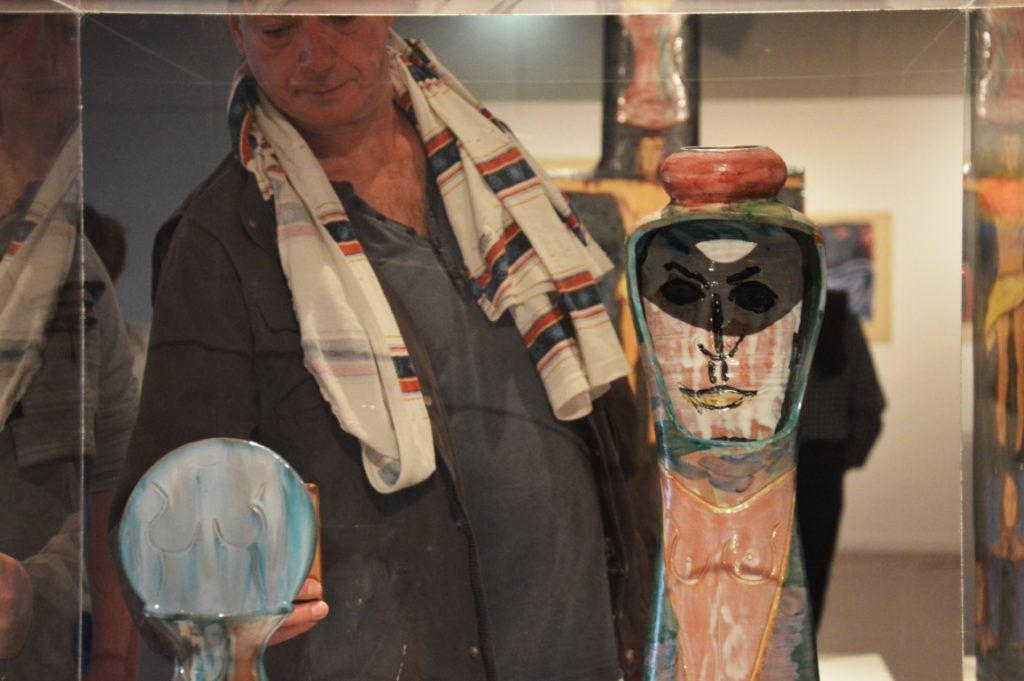
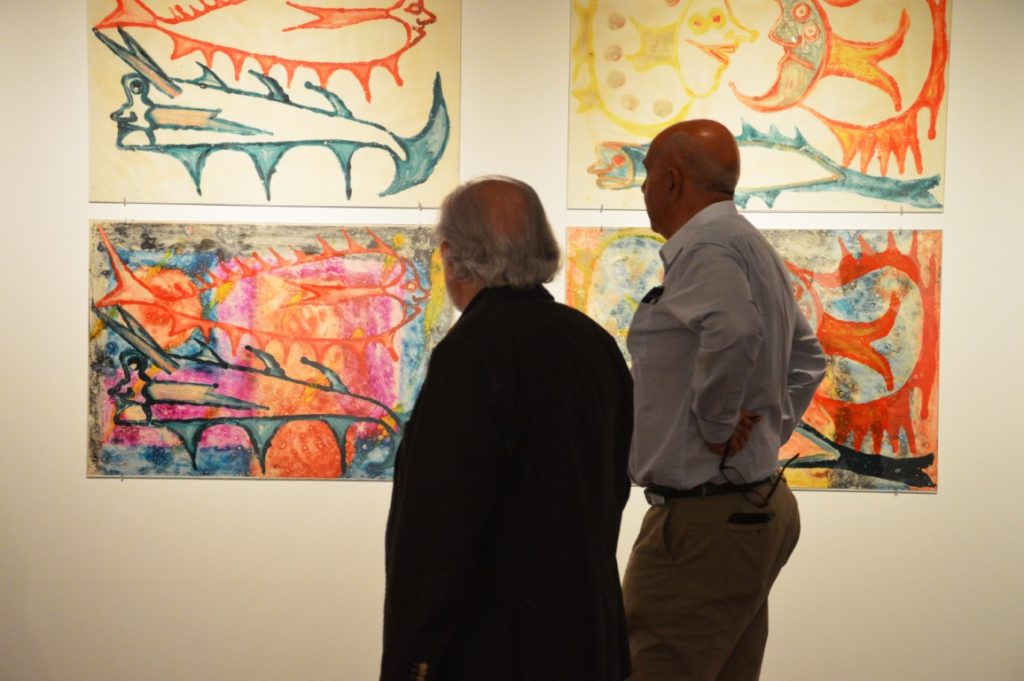
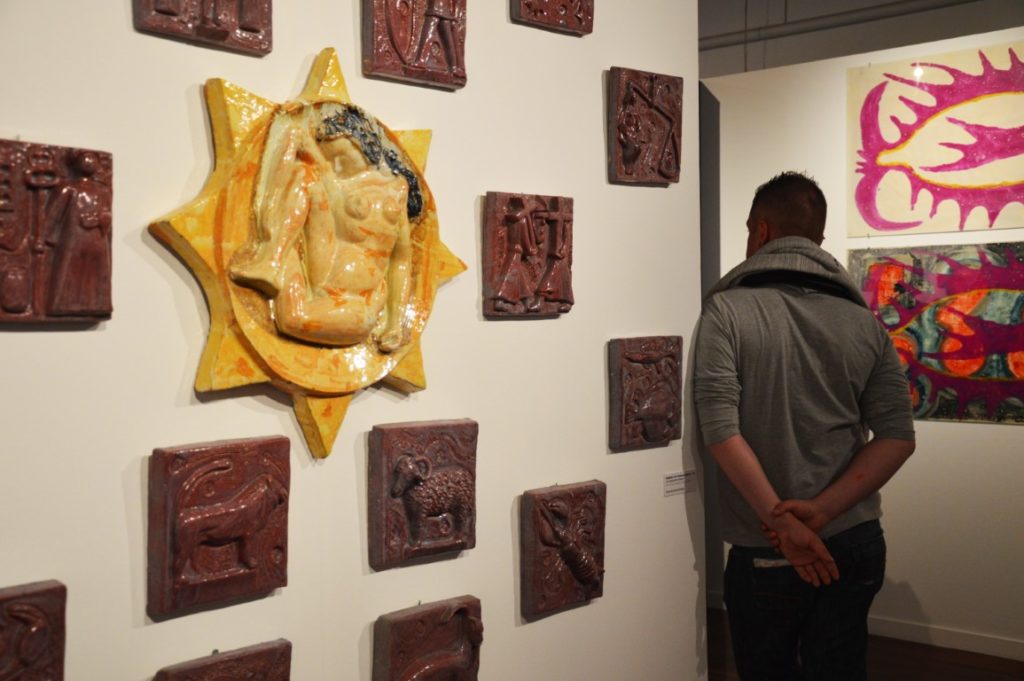
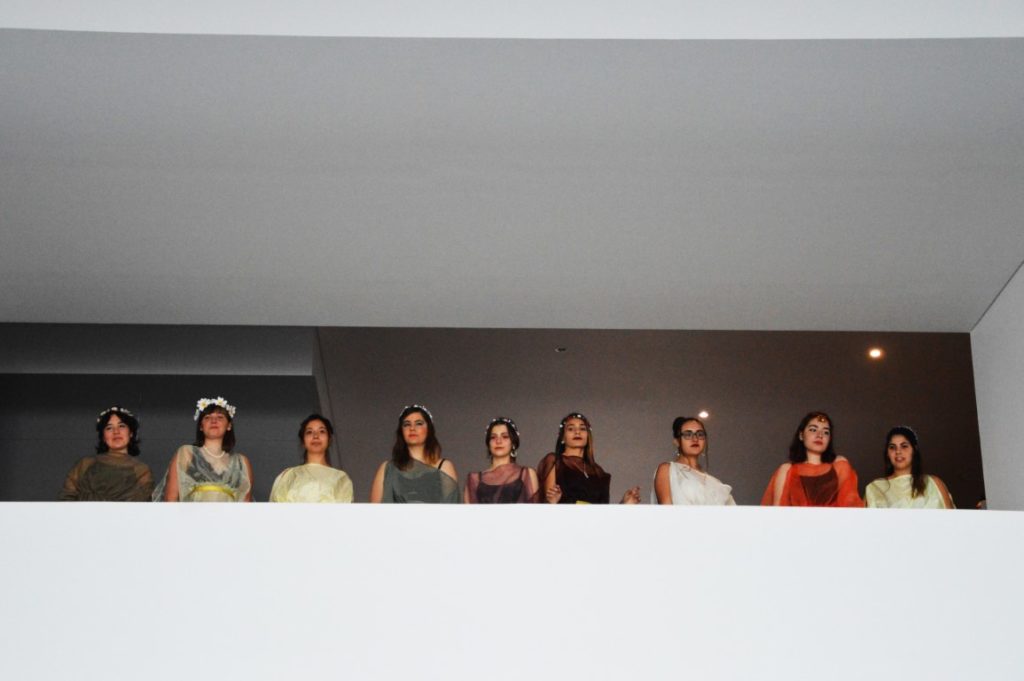
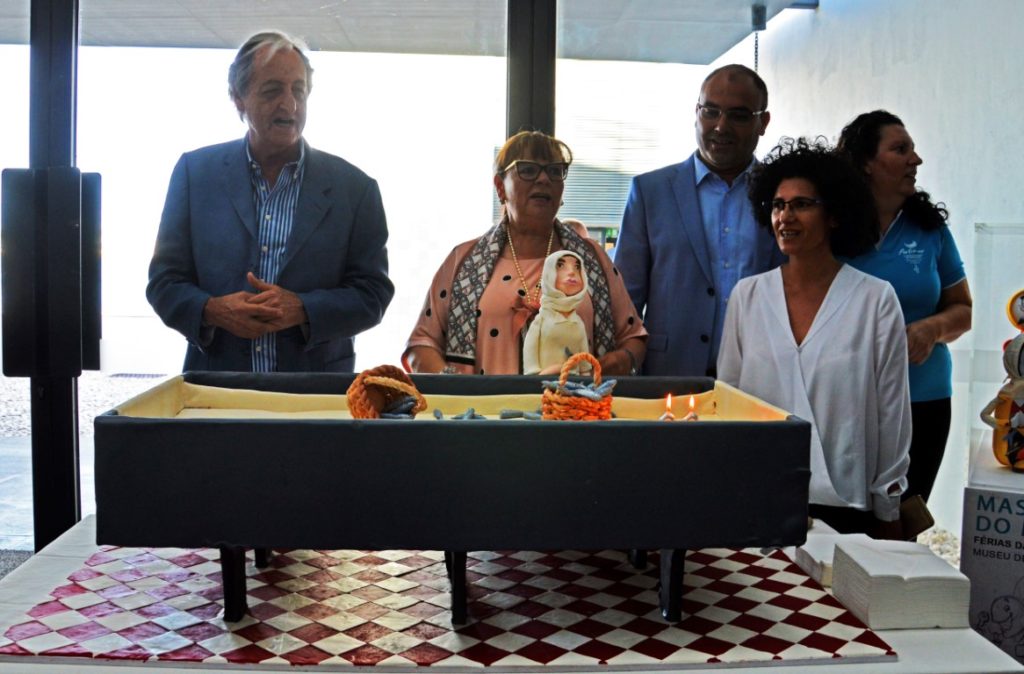
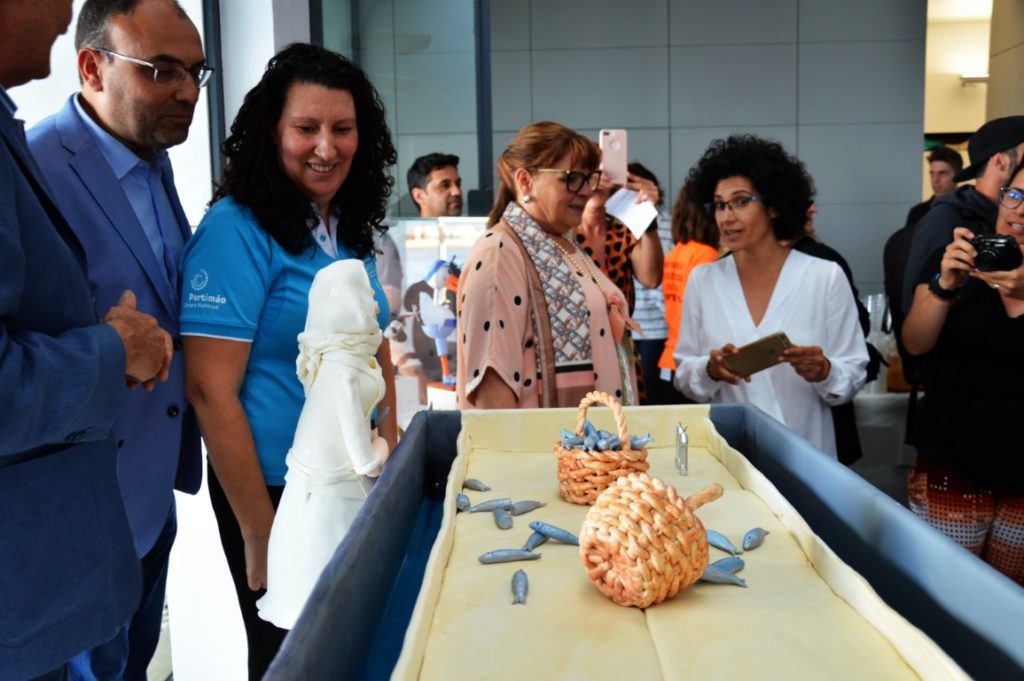
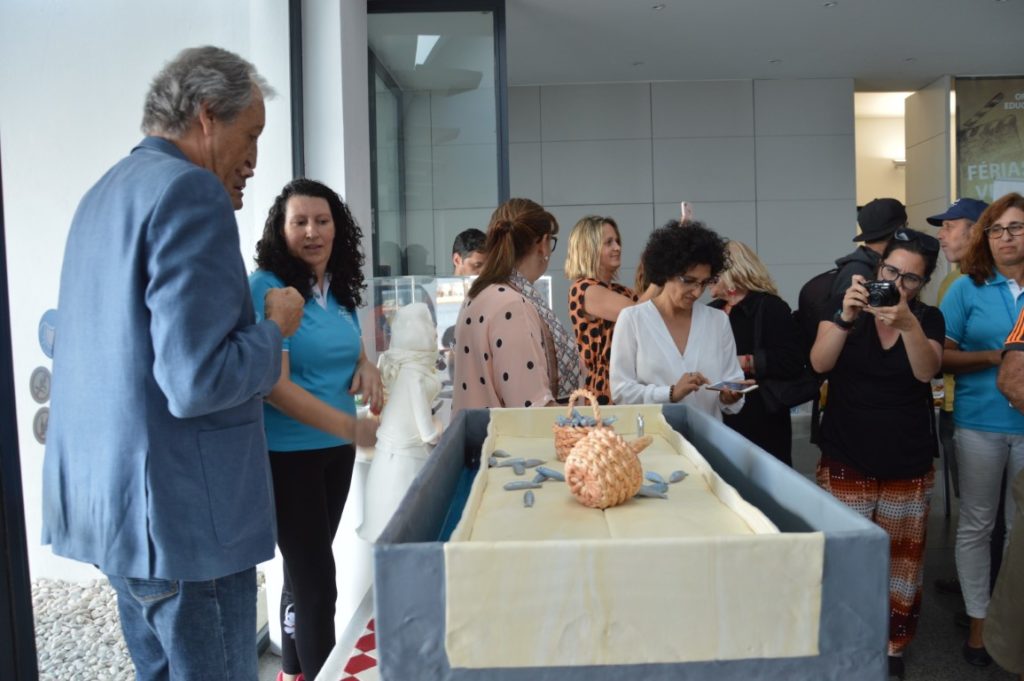
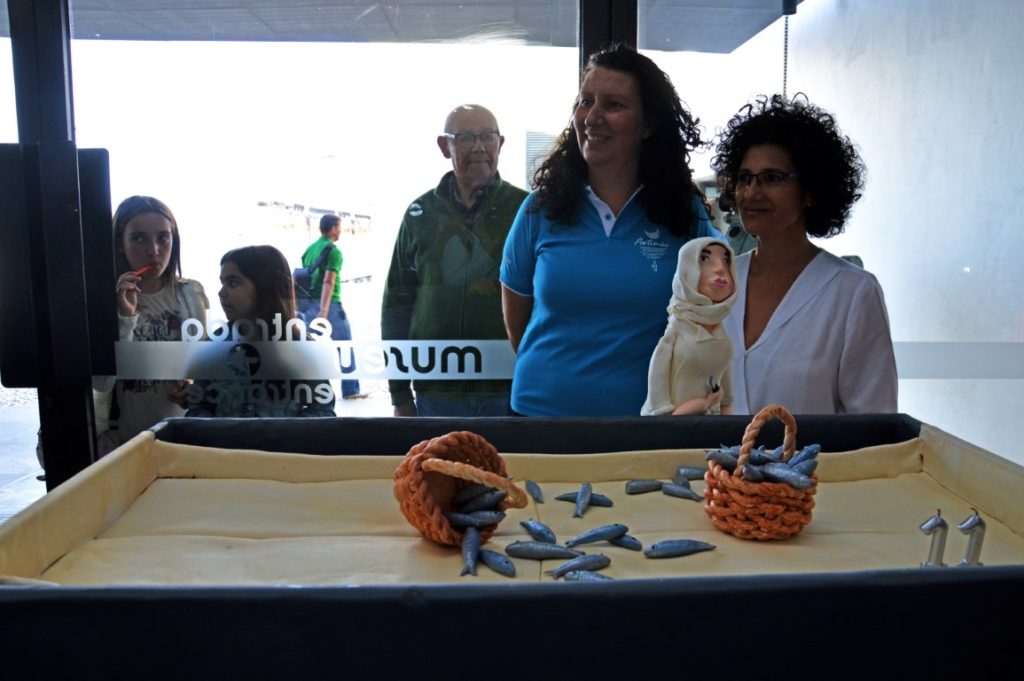
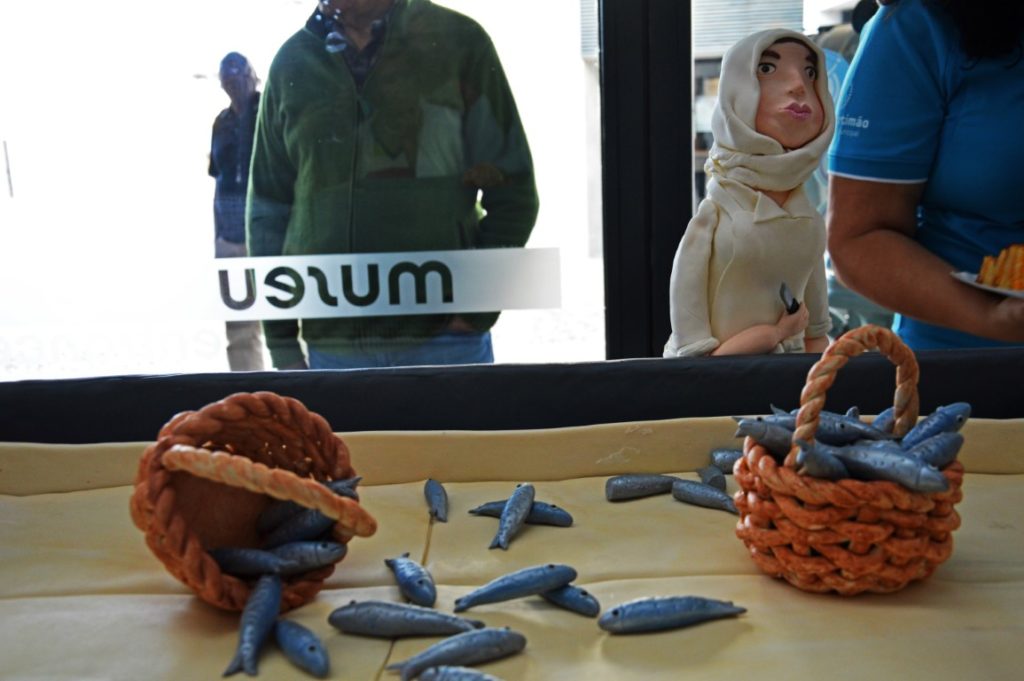
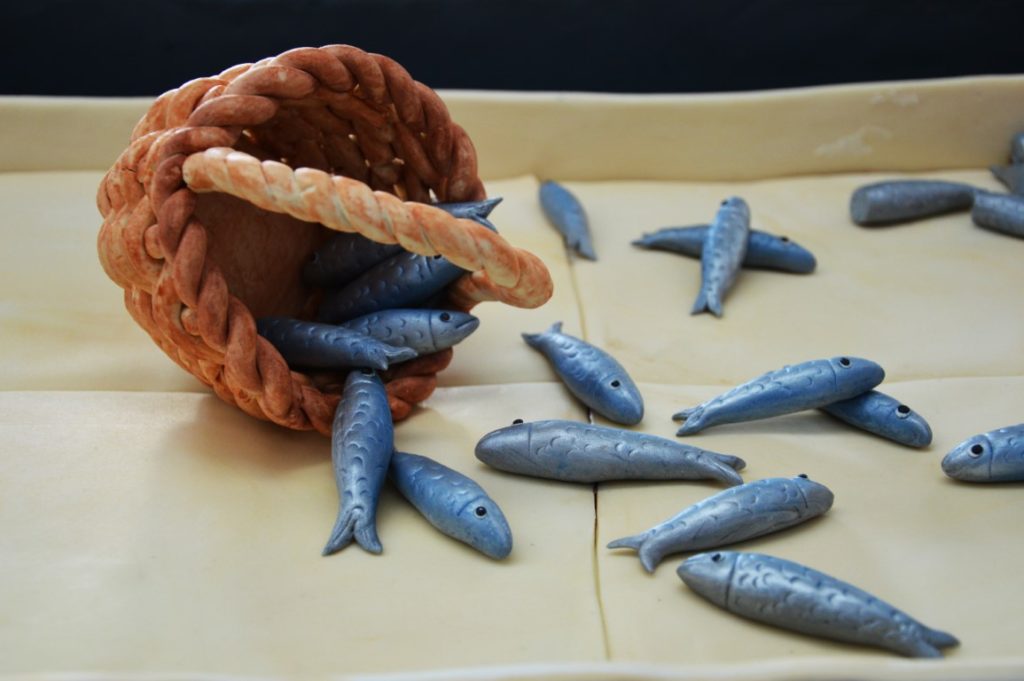
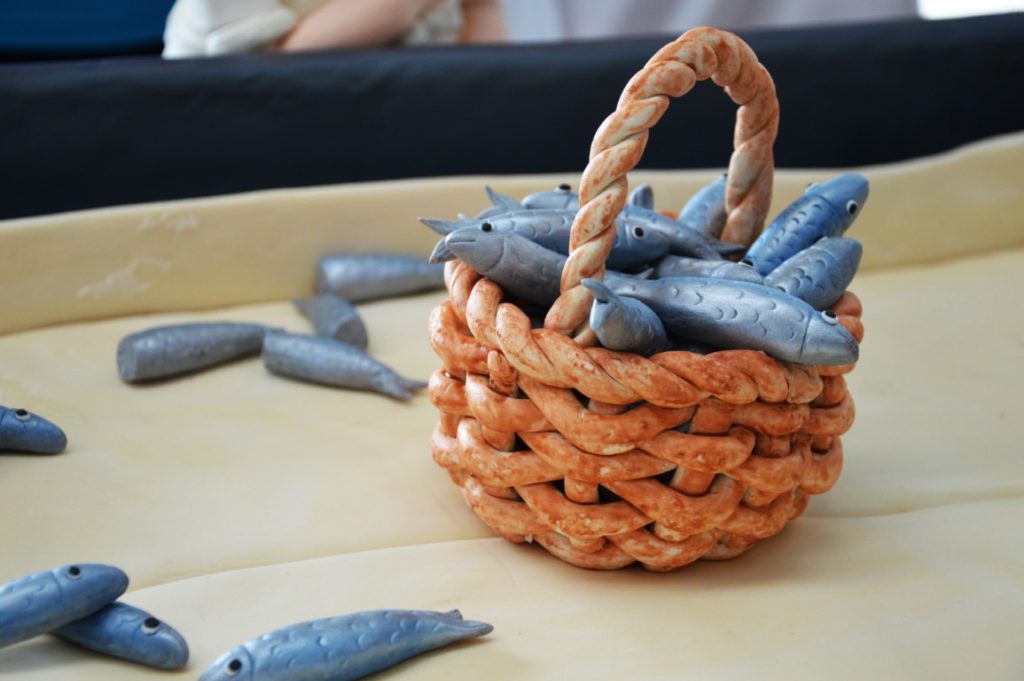

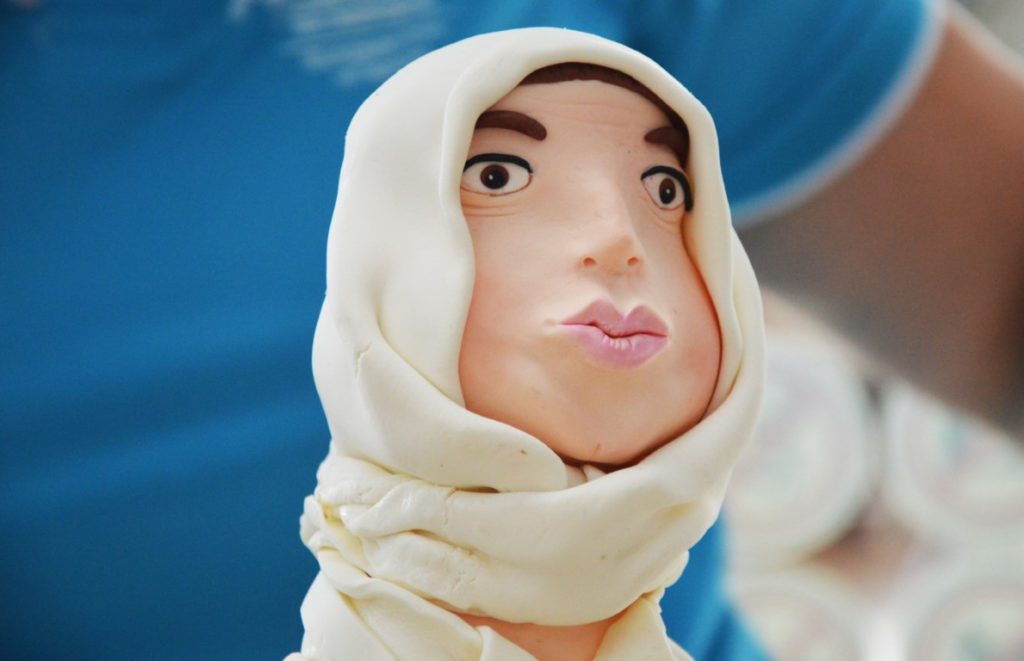
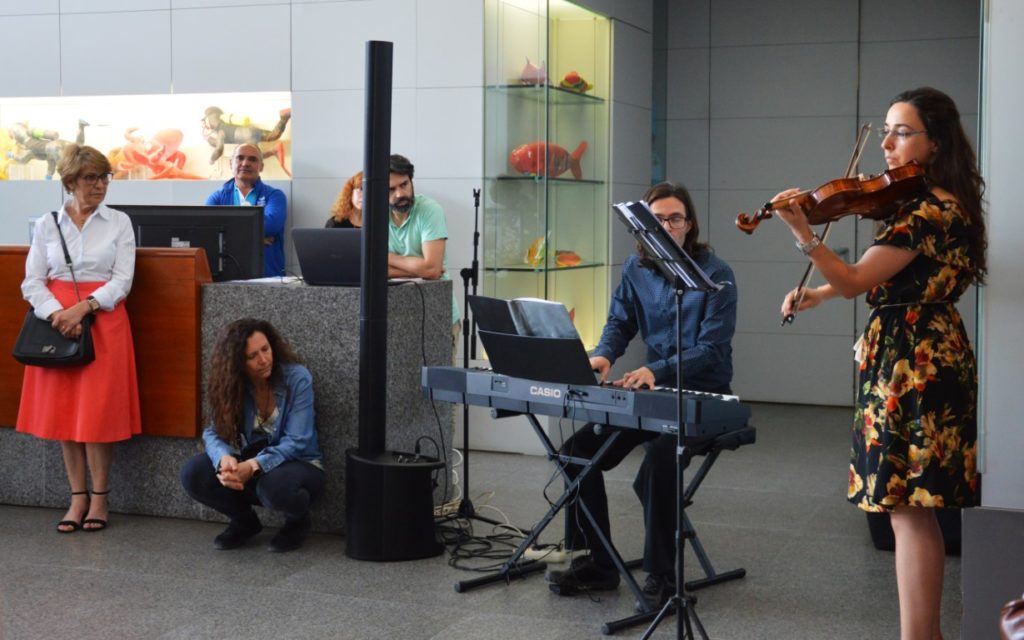
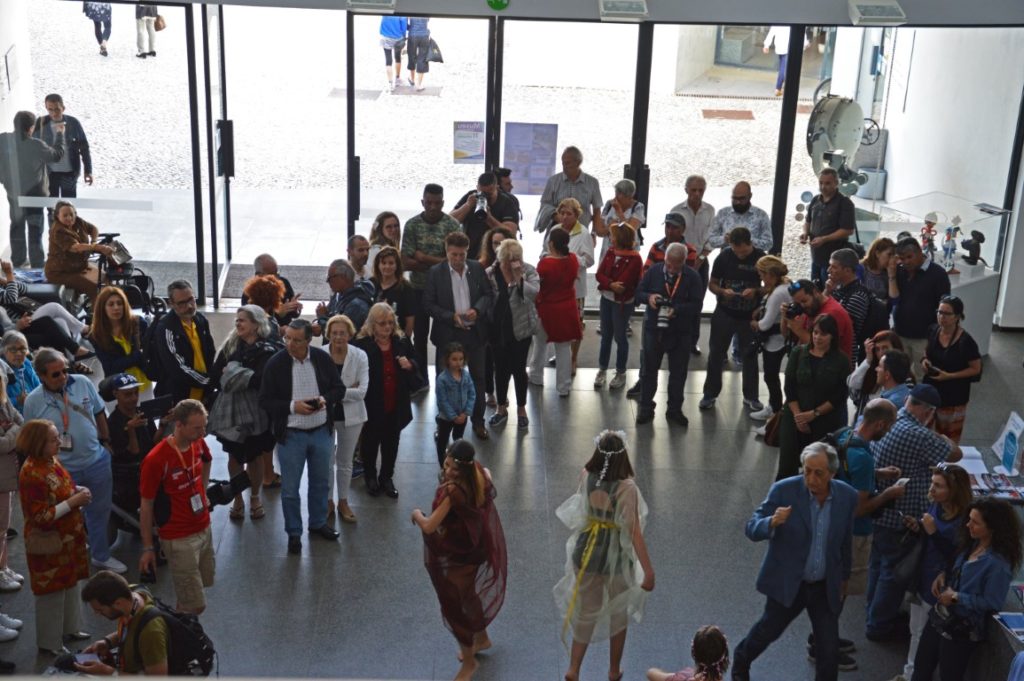
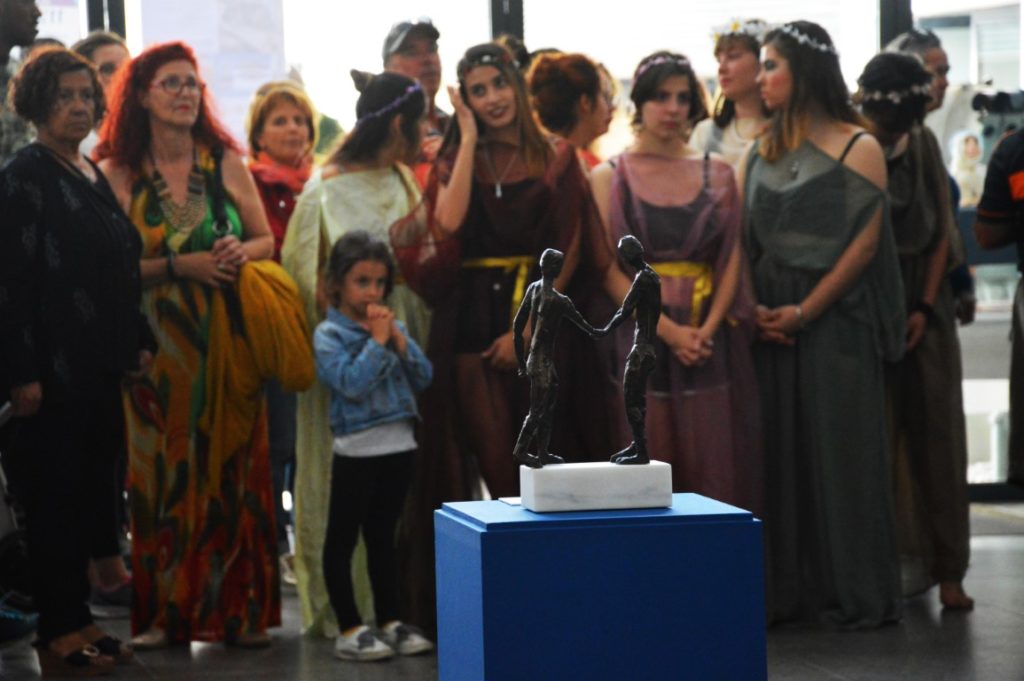
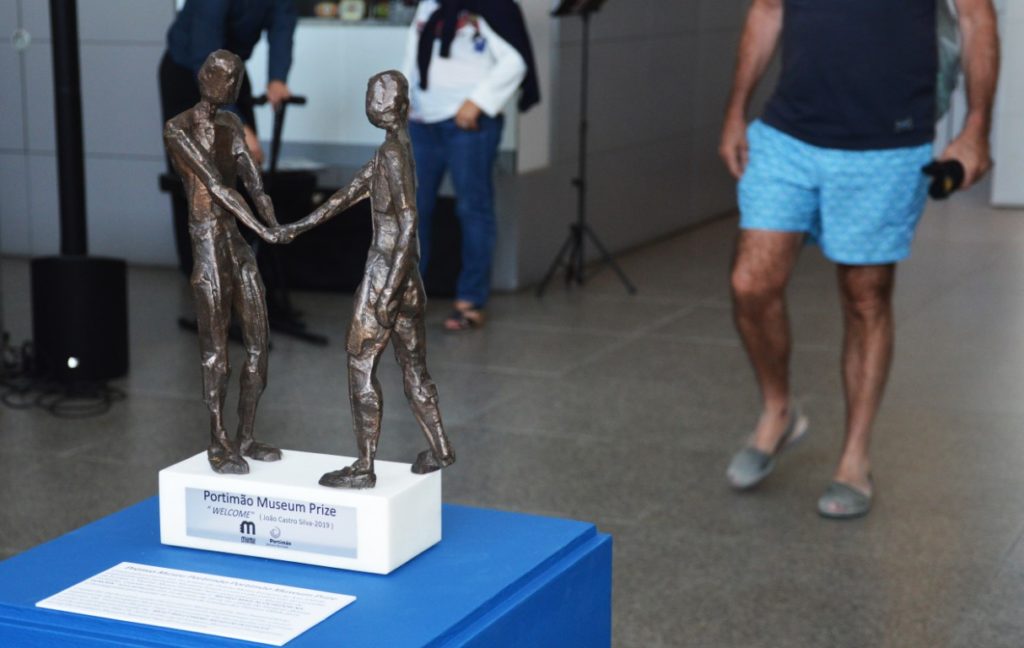
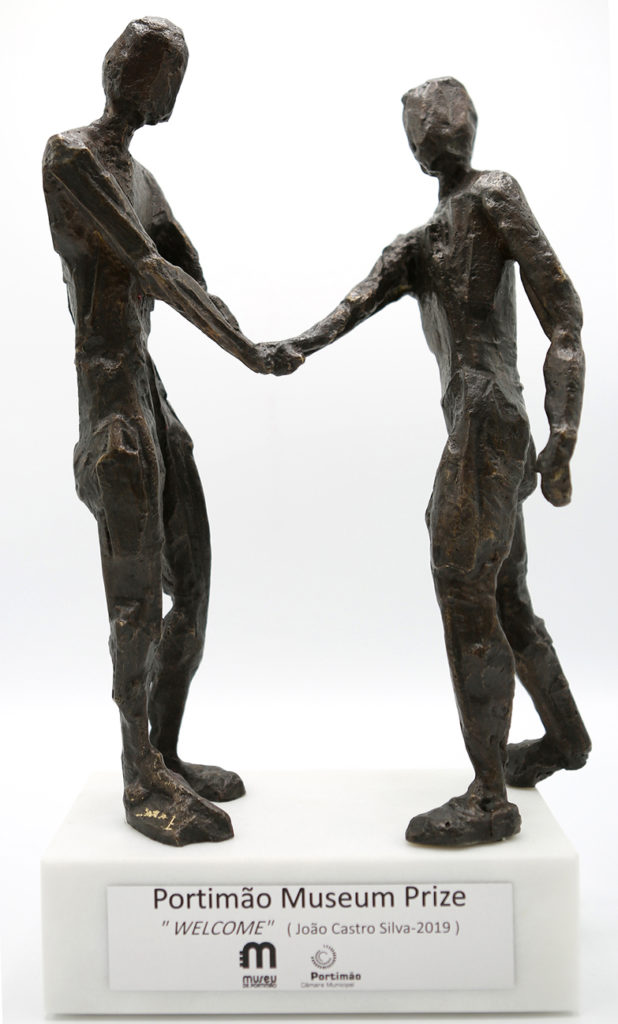


















Comments